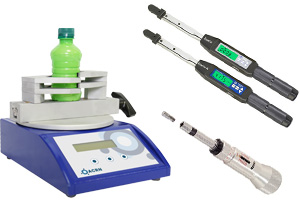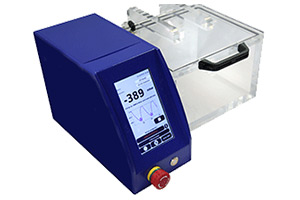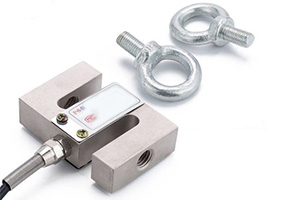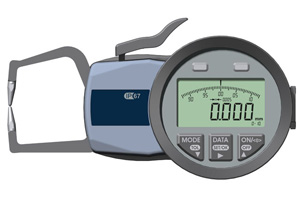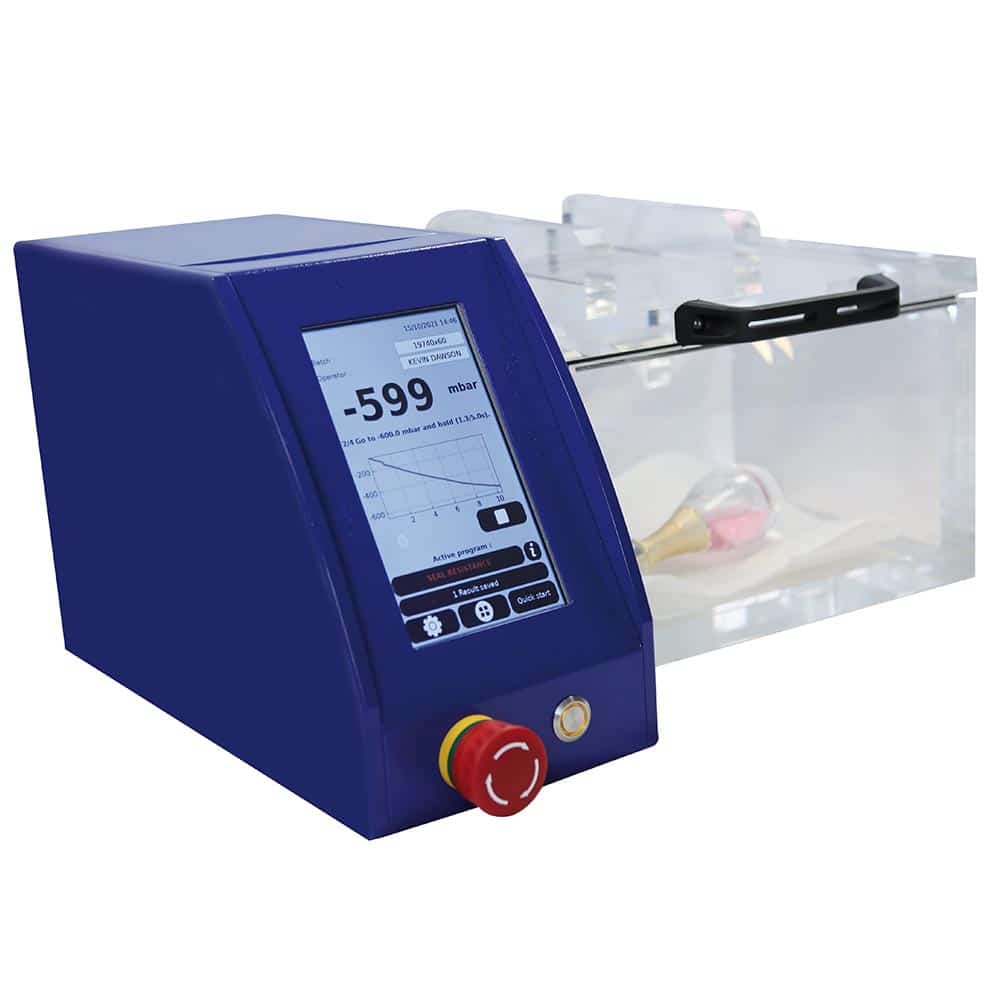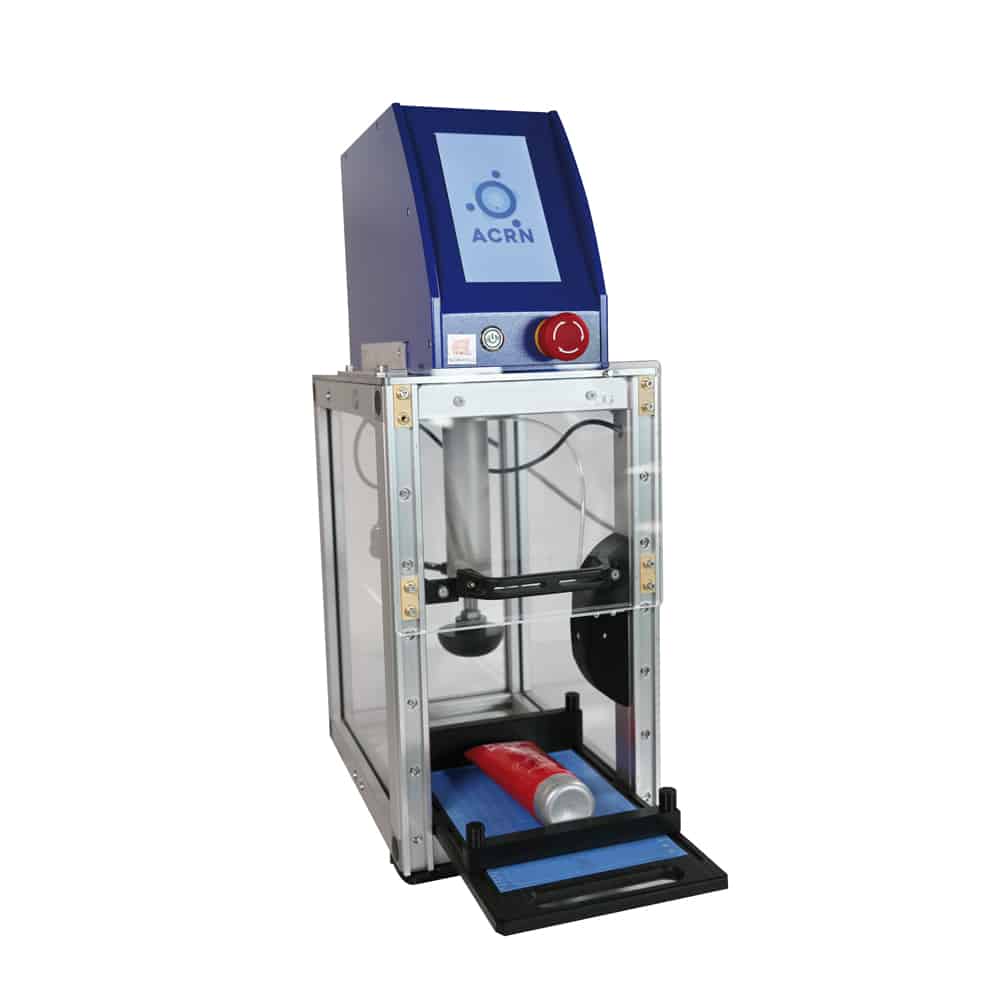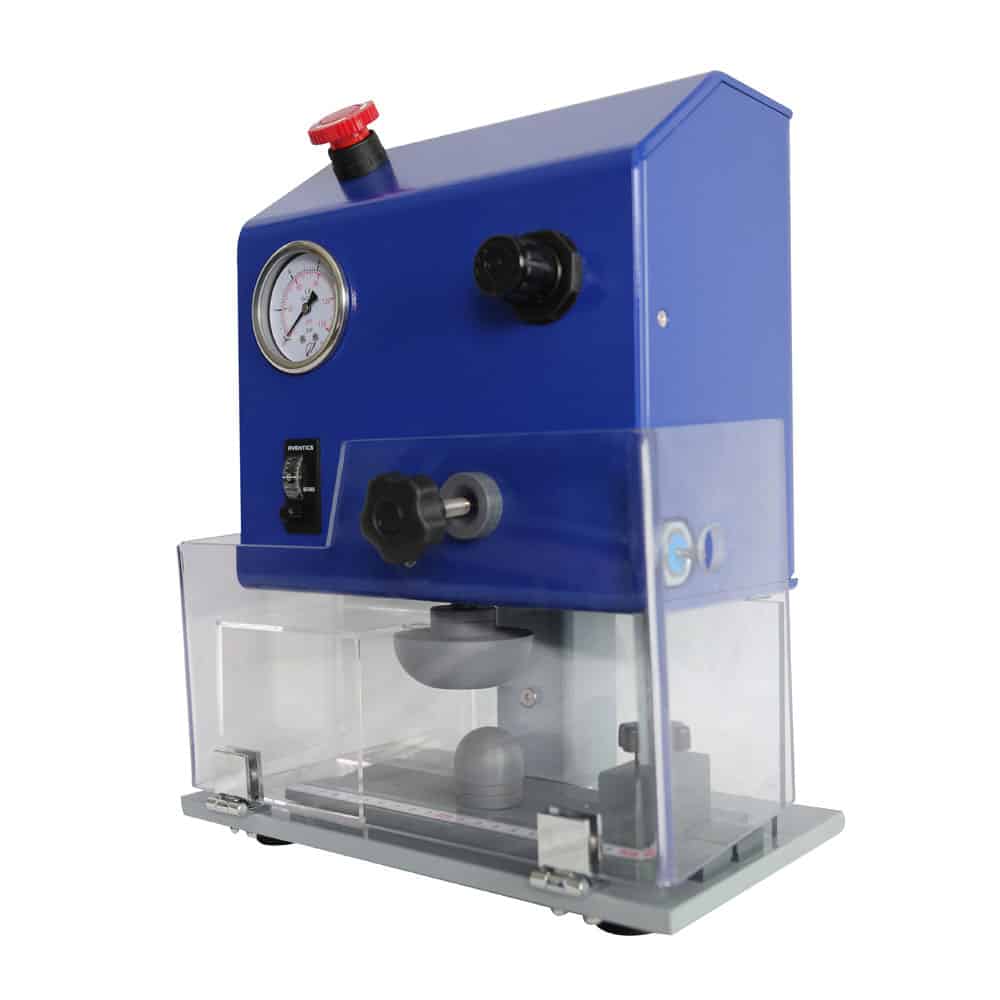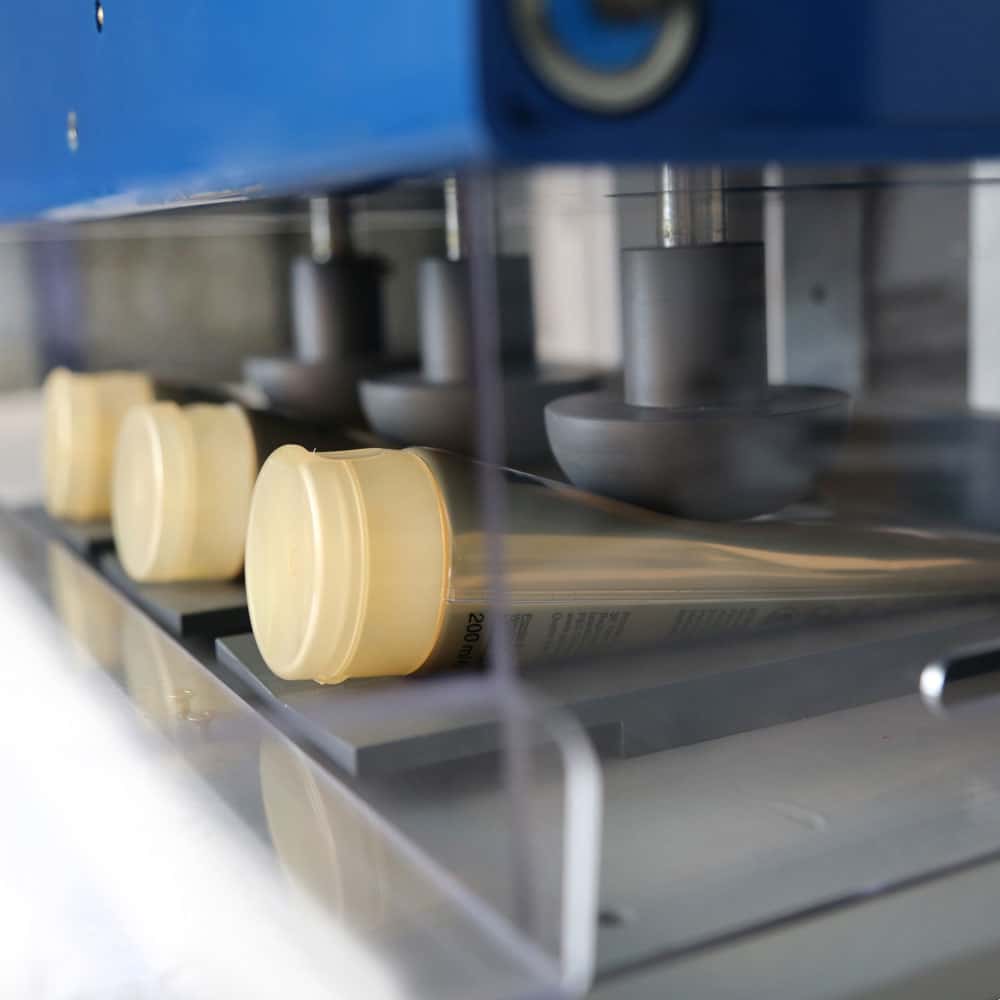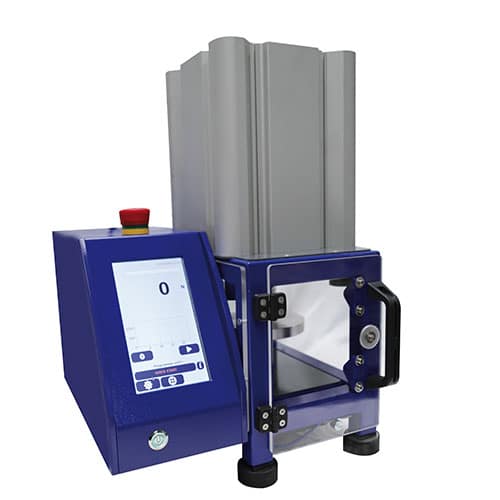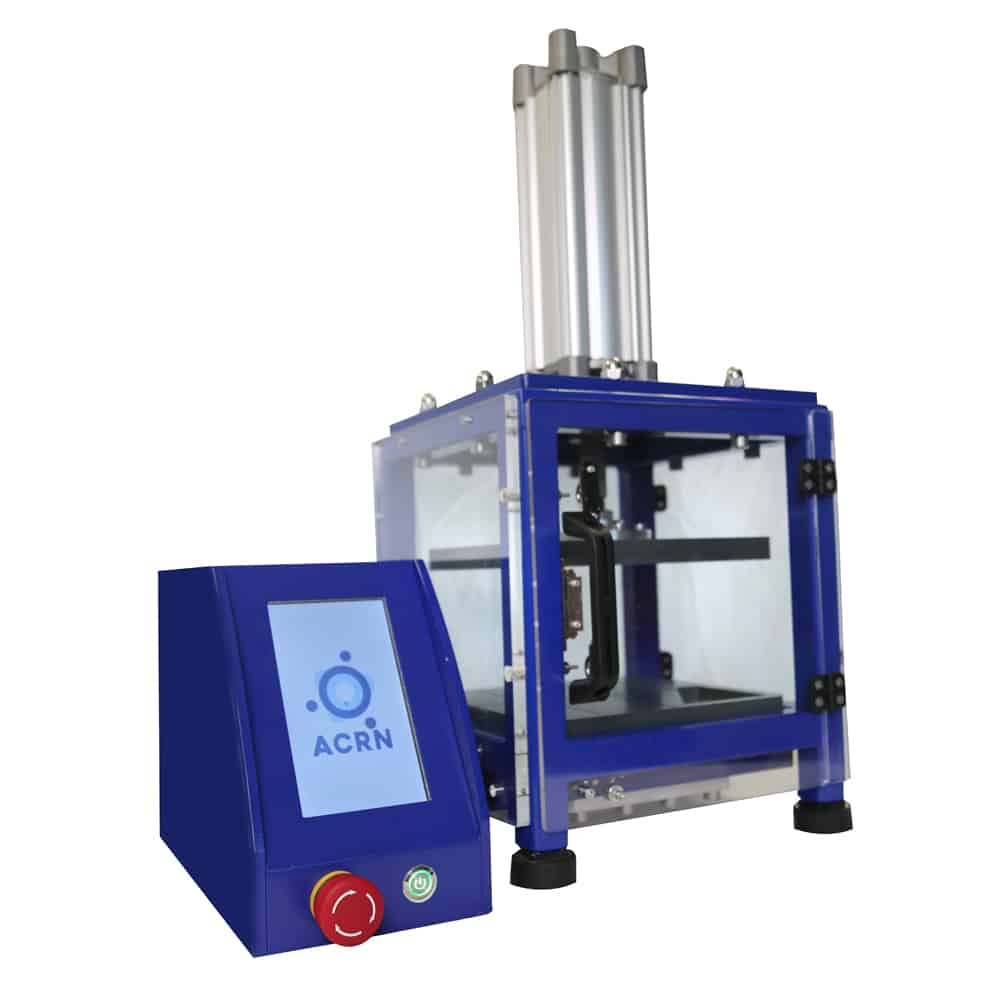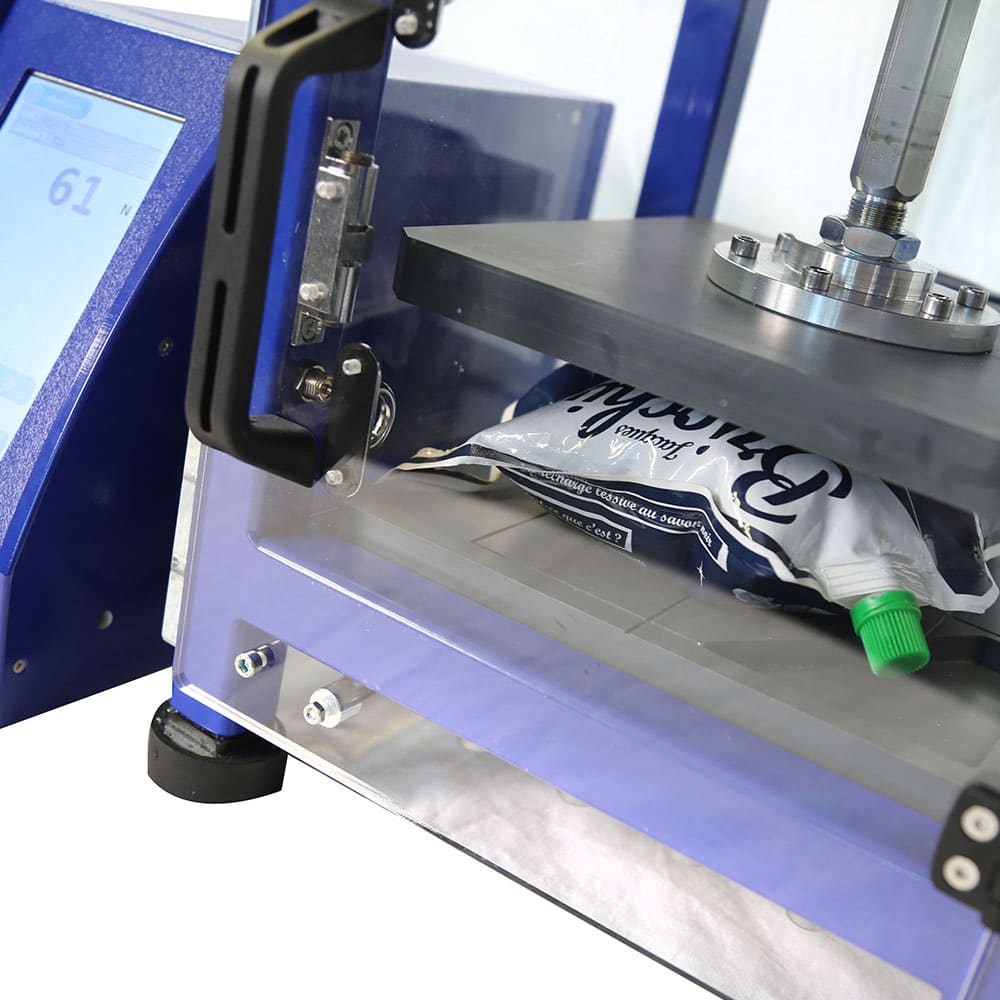Leak test
Discover our complete range of precision instruments for leak testing your packaging.
- 'By vacuum
- Custom solutions
- Compression
Our expertise in leak testing
ACRN offers machines for leak and tightness testing of packaging for a wide range of manufactured products.
Two equipment technologies that enable a wide range of tests to be carried out reliably, simply and inexpensively.
- Vacuum leak testing for packaging such as vials, trays, food sachets, blister packs, syringes, vaccines, bottles and yoghurts using leak testers, also known as vacuum cloches, vacuum boxes or integrity testers.
- Compression welding tests for tubes (shampoo, creams, etc.), doypaks and pouches using compressiometers, also known as Jacomex, tube crushers or tube presses.
This equipment can also be used for other tests and quality control purposes (altitude simulation, electronic box leak testing, soldering leak testing, resin debubbling, etc.).
Our leak testing solutions
Vacuum Leak Tester
Fast, simple and reliable vacuum leak testing
Key features
- 5Vacuum down to -950 mbar
- 5Micro-leak detection
- 5Non-destructive testing
- 5Fast quality control
Applications
- 5Pharmaceutical packaging
- 5Cosmetic tubes
- 5Food containers
- 5Sterile bottles
Tubes crusher
Crush resistance testing of tube welds
Key features
- 5Mechanical strength of tubes
- 5Sealing welds
- 5Hermetic control of caps
-
5Complete traceability of results
Applications
- 5Cosmetic tubes
- 5Pharmaceutical tubes
- 5Tubes aluminium
- 5Plastic tubes
Doypack Crusher
Testing the crush resistance of doypack welds.
Key features
- 5Internal pressure resistance
- 5Strong side welds
- 5Closure sealing
-
5Stress leakage measurement
Applications
- 5Food bags
- 5Cosmetics packaging
- 5Doypack pharmaceuticals
- 5Sterile bags
Main business sectors


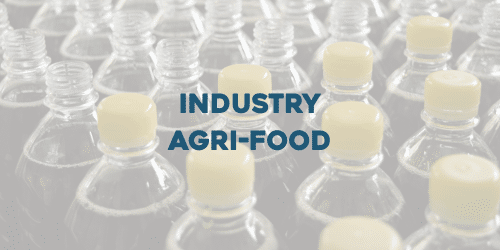
WARNING
These are our main areas of expertise, but our solutions can be adapted to many other industrial sectors. Please contact us to discuss your specific requirements, whatever your industry.
Need more information?
Our experts are on hand to answer your questions and help you choose the right solution for your needs.
